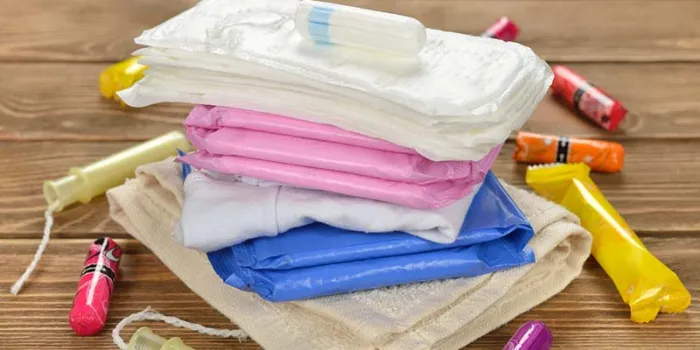Many women with bleeding disorders probably aren’t shocked to soak through a tampon or pad in just an hour or two. They may also be getting up during the night to change a tampon or pad. That’s because heavy menstrual bleeding (menorrhagia) is a common issue for women with bleeding disorders.
During a “typical” period, a woman may lose up to 30 to 40ml of blood. Women who lose 80ml or more are considered to have heavy bleeding. NHF has a chart to help women track their level of bleeding.
As many as one in 10 women with heavy periods may have a bleeding disorder, according to the Office on Women’s Health. In fact, unusually heavy and long menstrual periods are the most frequent symptom of von Willebrand disease, the most common inherited bleeding disorder in women in the US. More than 60% of women with von Willebrand type 3 report menorrhagia that significantly impacts their quality of life.
Hannah Lutz was one of those women. Diagnosed with von Willebrand type 3 at birth, she started menstruating at age 12 and never really stopped. Her heavy bleeding ultimately led her to have a hysterectomy at age 18.
Heavy periods can make it tough to enjoy your regular activities; Lutz says she missed all of eighth grade and most of ninth grade due to her heavy bleeding and frequent medical appointments. But there are things you can do to make heavy periods more manageable. Here are a few tips:
Be informed
If you are a girl with a bleeding disorder or have a daughter who has one, learn as much as you can before menstruation starts. Lutz says her mother sat her down and went over pamphlets and other information provided by the National Hemophilia Foundation. “Regular books really don’t portray what a girl with a bleeding disorder is going to go through,” she says.
Be prepared
Lutz started menstruating while at a slumber party. But thanks to her mom, she was ready. “She brought me to the store and she said this is everything you’re going to need,” Lutz says. “She let me pick out the cute little pack and we kind of made that together.” The pack, which Lutz took with her everywhere, not only included menstruation supplies like pads, but also a small self-infusing kit.
Have social support
Lutz says she told two close friends about what she was experiencing, but also learned that she didn’t have to discuss her periods with classmates. “It’s OK not to disclose,” she says. “Sometimes you don’t want to be empowered in middle school to all of your friends. You don’t want to stand up in front of class and give a speech about how much you bleed every month.”
Keep a diary
Your medical team will want specifics on how much and how long you’re bleeding. You’ll want to track the number of pads and tampons you use and how much blood is on each one. NHF has a diary you can use to get started.
Talk to your medical team
Heavy period treatment options for women with bleeding disorders are available, from birth control pills and other medications to infusions of factor. Surgery is also an option: One study showed that women with bleeding disorders are more likely to have hysterectomies than women without. Talk to your provider about your disorder and your symptoms to find out what will work best for you.
Double up
If you’re using just tampons or a menstrual cup, consider doubling up your protection by adding a pad or menstrual underwear, aka “period panties.”
Use the lasagna method
Lutz says using multiple layers of waterproof pads and sheets on the bed means if you bleed through during the night, you can just get up, strip off the bloody sheets and go right back to sleep on the clean set below.

